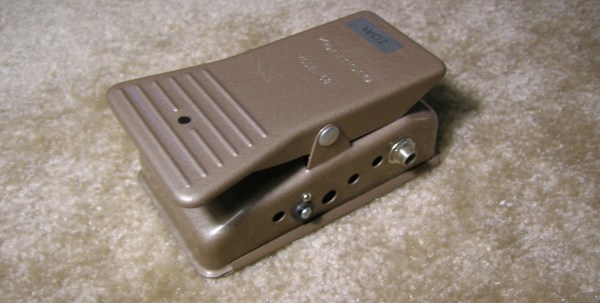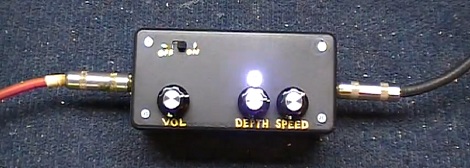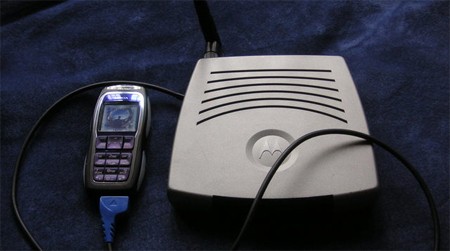If you’re working with audio in an embedded environment, the best option for years now has been the Teensy 3 microcontroller board. This choice has mostly been due to its incredible power and audio libraries, but until now we really haven’t seen a stompbox-style interface that used the Teensy to its fullest extent. Now we have, in [Wolkstein]’s GitSynth, everything you could want in a synthesizer that processes the signals from an electric guitar.
The core of this build is a Teensy 3, and all the audio goodies that come with that. Also included is a USB MIDI and audio interface, smartly both attached to a panel-mount USB-B connector on the back of the stompbox. Other controls include a single mono in jack for guitars and synths, two mono out jacks for stereo-ish output, a bunch of footswitches for bypass, tap tempo, preset selection, a jack for an expression pedal, and some buttons to move around the LCD user interface.
While putting a powerful microcontroller in a stomp box for is a project we’ve seen many times, this project really shines with the MIDI GUI that’s built for a device with a real display and a mouse. [Wolkstein] built a PyQt-based app for this synth, and it’s a plethora of buttons and sliders that looks similar enough to a real synthesizer. There’s enough configurability here for anyone.
You can check out the demo video (in German, but auto-translate subtitles exist) below.
Thanks [Mynaru] for the tip!
Continue reading “Bringing Guitar Synthesis To The Microcontroller”
















